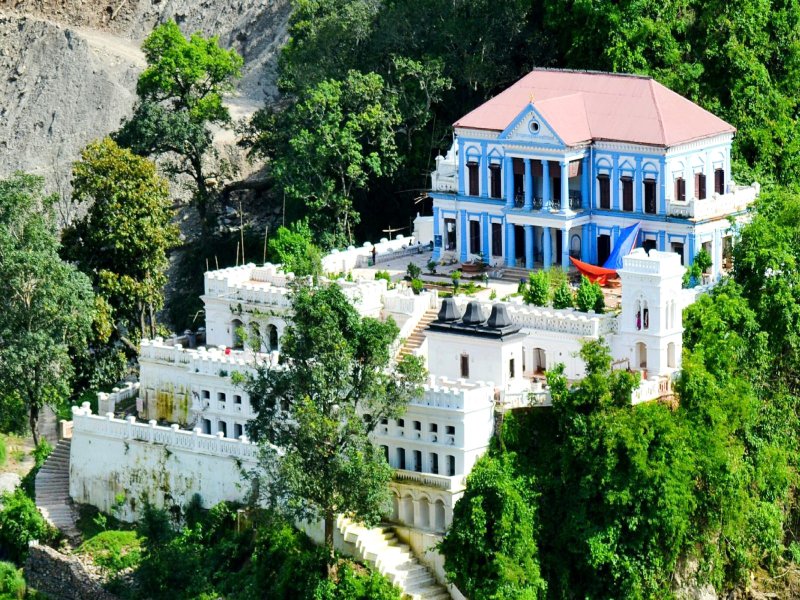Rani Mahal lies on the banks of the Kali Gandaki River in Palpa, Nepal, Rani Mahal, often referred to as the “Taj Mahal of Nepal,” is steadily emerging as a significant tourist attraction. Built-in 1893 by General Khadga Shumsher Jang Bahadur Rana in memory of his beloved wife, Tej Kumari, this historic palace is a testament to Nepal’s architectural splendor and rich history.
Rani Mahal’s unique blend of European neoclassical architecture and traditional Nepali elements makes it a captivating destination for history enthusiasts and architecture aficionados alike. The palace complex includes intricately designed interiors, lush gardens, and a scenic riverside location, offering a serene retreat for visitors. Despite its historical significance, Rani Mahal remained relatively unknown and neglected for decades. However, recent efforts by local authorities and tourism boards have brought this hidden gem into the spotlight.
Tourists visiting Rani Mahal can now explore its beautifully restored rooms, stroll through the picturesque gardens, and enjoy the breathtaking views of the Kali Gandaki River. The site’s remote location adds to its charm, providing a peaceful escape from the hustle and bustle of city life. The increasing number of visitors has also positively impacted the local economy, with nearby communities benefiting from the influx of tourists seeking accommodations, dining, and cultural experiences.
As Nepal continues to promote its rich cultural heritage and natural beauty, Rani Mahal stands out as a symbol of timeless love and architectural brilliance. The palace’s growing popularity is not only preserving its historical significance but also contributing to the sustainable development of the Palpa region. With ongoing restoration projects and improved accessibility, Rani Mahal is poised to become a must-visit destination for both domestic and international tourists, offering a glimpse into Nepal’s glorious past and its enduring allure.






